With the most anticipated Indian Super League gearing up for its start of the season, all teams have been heavily active this transfer window. Chennaiyin FC have found it difficult to leave a mark in the previous seasons but have now appointed Thomas Brdarić as their head coach to build an identity and restore their glory in the upcoming season.
In this tactical analysis, we’ll be performing an analysis of the German coach’s tactics and what the fans can expect from him this season. We will be taking examples from his time at KF Vllaznia to analyse his play style and try to understand how he will be able to replicate his success in India.
Overview
Before becoming a manager, Brdarić was a wonderful striker himself, representing teams like Bayer Leverkusen and Wolfsburg in the German Bundesliga. He started his coaching career in the lower divisions of German football. It was in 2020 that the coach made a move to Albania. In his two-year stint, he managed the team in 77 games and averaged a point-per-match value of 1.79 — extremely good. He also went on to win the Albanian Cup in the 2020/21 season.
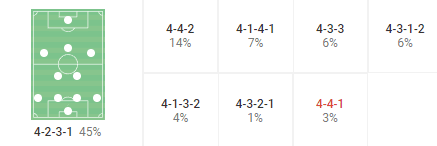
With the appointment of Brdarić, Chennaiyin wouldn’t have to change their shape much as Brdarić also prefers a 4-2-3-1, but the fans can expect a change in the tactics of the team. Brdarić prefers possession-oriented football and looks to attack constantly without losing possession.
Although the formation says 4-2-3-1 on paper, during the game, the team becomes dynamic and flexible in their formation and keeps shifting to other formations based on the situation which we’ll look at in the upcoming sections of the piece. The strikers and the two defensive midfielders are key; both play a crucial role in Brdarić’s tactics.
In possession
Like any possession-oriented team, Brdarić prefers to build up the game from the back. Before looking at the build-up, we’ll do a data check to understand where his team stood in the Albanian league when it came to passing and progression.
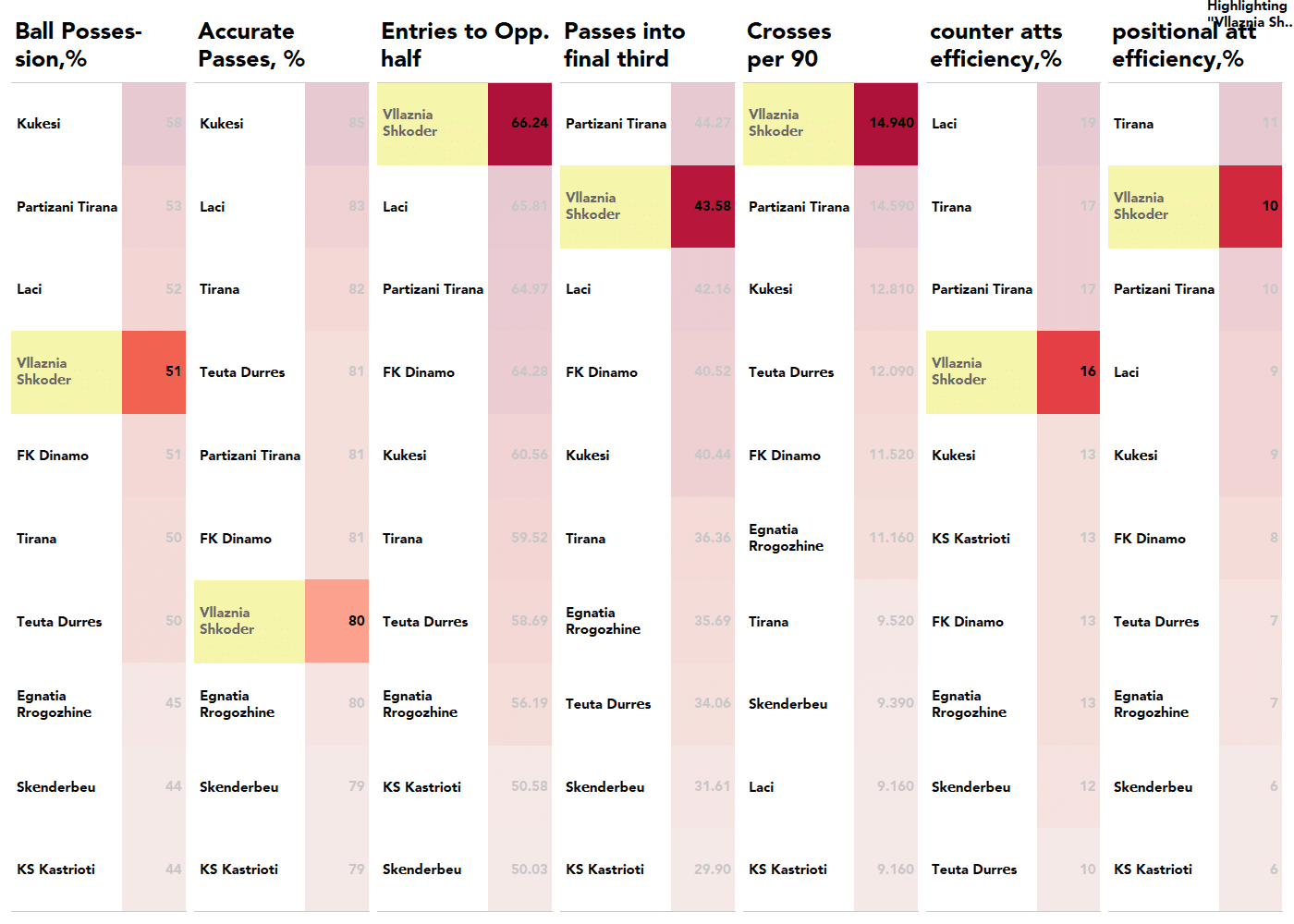
From the benchmarking, one can see that he prefers a possession-oriented game, with his team ranking the highest for entry to the opposition half and second highest for passes into the attacking third. This pretty much explains what the german coach would love to see his side do in possession. He also registered the highest crosses per 90 and has a good efficiency rate in both counter attacks and position attacks.
When building up from the back, the team can be seen in a 2-3-4-1 formation, where the fullbacks push forward, getting in line with one of the defensive midfielders, and the other midfielder pushes high to form a four-man line behind the opponents to receive the pass.
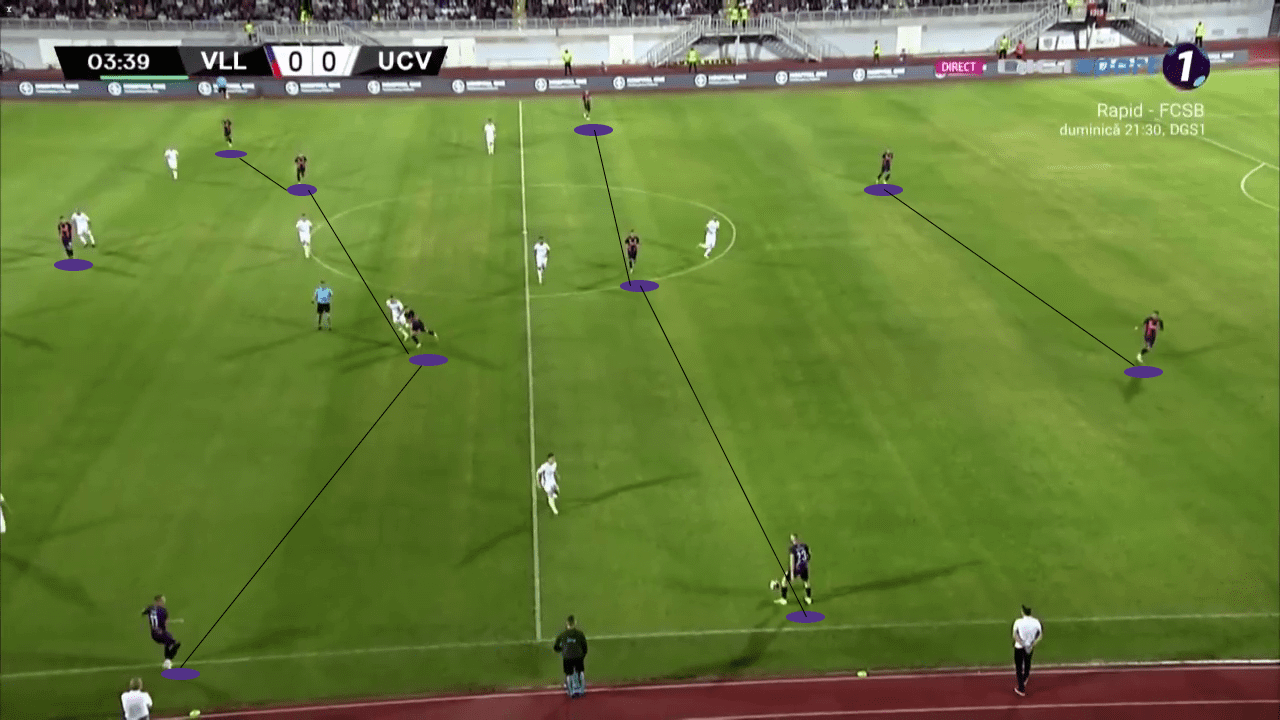
Building up in such a formation helps the team obtain the width they are looking for. The left and right attacking midfielders are given freedom to push to the flanks while the centre attacking midfielder and another defensive midfielder operate in the middle to create space and help in progression.
The pivot acts as a bridge in connecting the players and plays a vital role in moving on to the next phase of the game which is why the defensive midfielders are very important in his team as one is responsible for the progression while the other maintains balance and helps in overloading to create space in the opponent’s half.
When successfully progressed and in the attacking third, the team is versatile and based on the situation they penetrate through the flanks or find spaces in the middle. This is why the striker is so important in these situations as he needs to perfect his positioning and time his run properly for results.
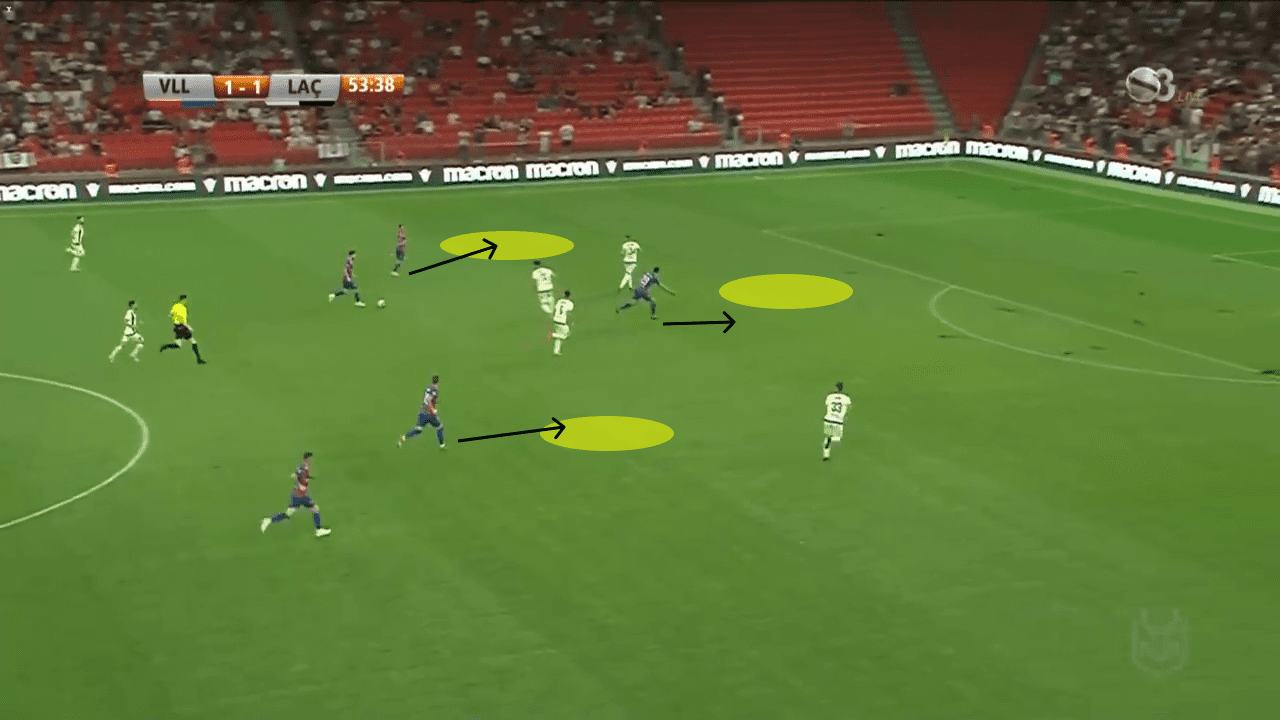
From the match image, we can see that the ball progressor has options on both the right and left but looks to go direct by trying to find his striker. The striker too is in the blindspot of the last defender and perfectly positioned. The striker plays a vital role as he needs to find spaces to exploit them and should also have the ability to take on defenders. He should be versatile and should expect crosses from the flanks and also passes through the middle and should always anticipate moves.
On trying to analyse how the team has performed in the attacking third upon progressing, we can see that they tend to create a lot of chances per 90.
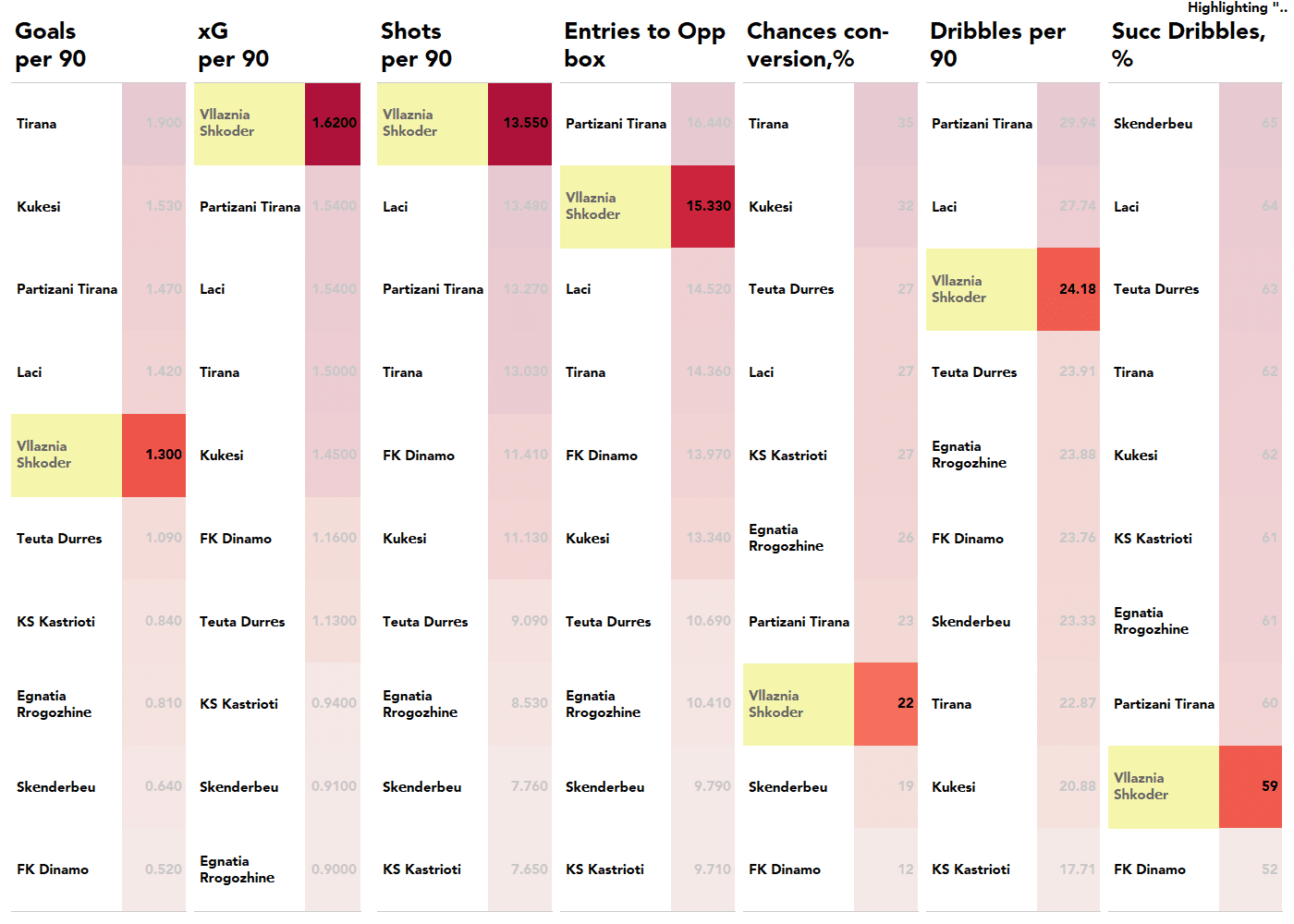
Although the team seems to look average on goals per 90, they have an average value of 1.30 which is good. They then top xG per 90, shots per 90 and rank second highest in entries to opponents’ penalty box — indicating how attacking they are and the number of opportunities they create. As a result, their conversion rate is low. This would improve with a top-class striker to convert all the chances being created.
Chennaiyin had problems with attacking and finishing over the past few seasons and this could be an area on which Brdarić will put special focus.
Having high numbers in both passing metrics and attacking metrics explains how Brdarić likes to play attacking football while maintaining possession. How he can maintain possession despite attacking frequently is something we will see in the next section of this analysis.
Out of possession
When attacking in the final third, the fullbacks always tend to combine, while the defensive midfielder withdraws and stays behind the attackers to maintain balance and win the loose balls. In times of counterattacks, he should be ready to make tactical fouls to halt the game and give time for his team to fall back.
When defending in the middle-third, the team can be seen defending in a 4-1-4-1 formation making it hard for the opponents to find space to penetrate.
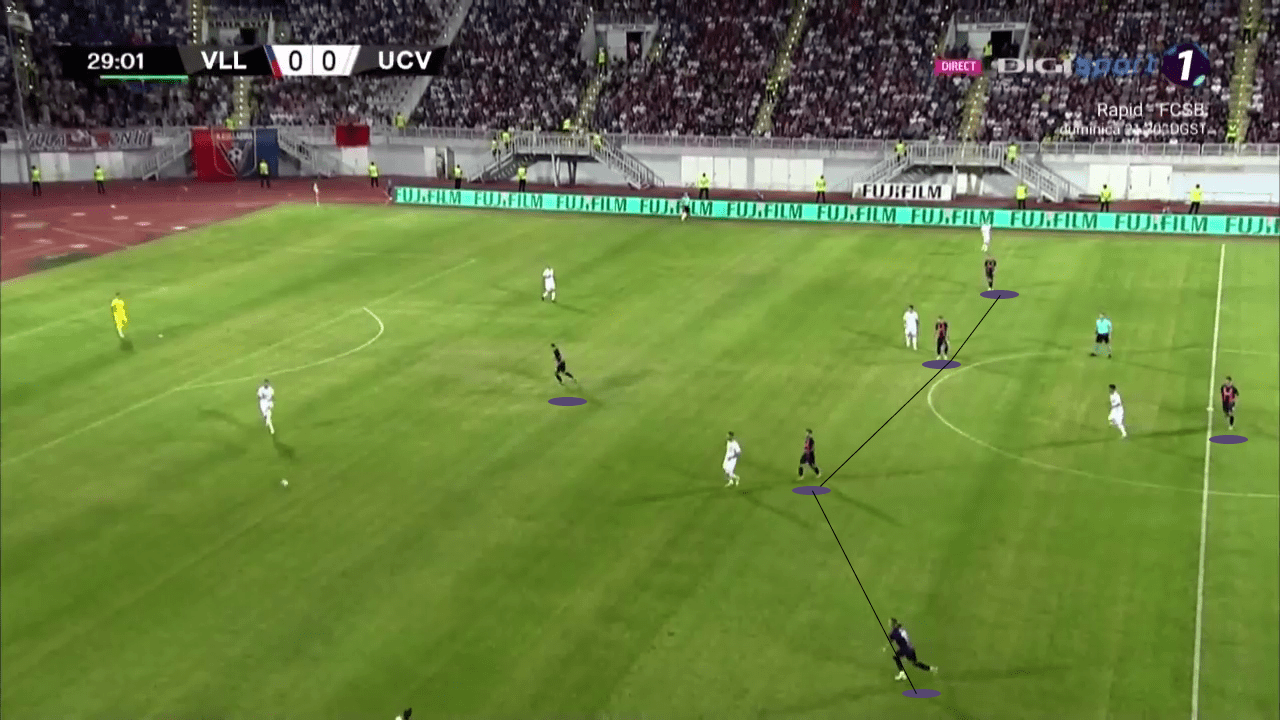
With the striker pressing the centre-back, the four-man midfield now marks the double pivot and also makes it hard to progress through the flank as Brdarić’s men have the width covered. Even in the defensive phase of the game, it’s the single midfielder who has more responsibility than anyone on the field. He’s responsible for sticking around with the free man trying to create spaces and make it difficult to progress.
Opponents often find it hard to bypass this defensive structure and end up seeking support from their midfielders to drop back trying to create numerical superiority in the build-up. Although this leads to a lack of players in the attacking for the opponents which is a win situation for Brdarić’s men, he doesn’t let the opponents pass through them that easily.
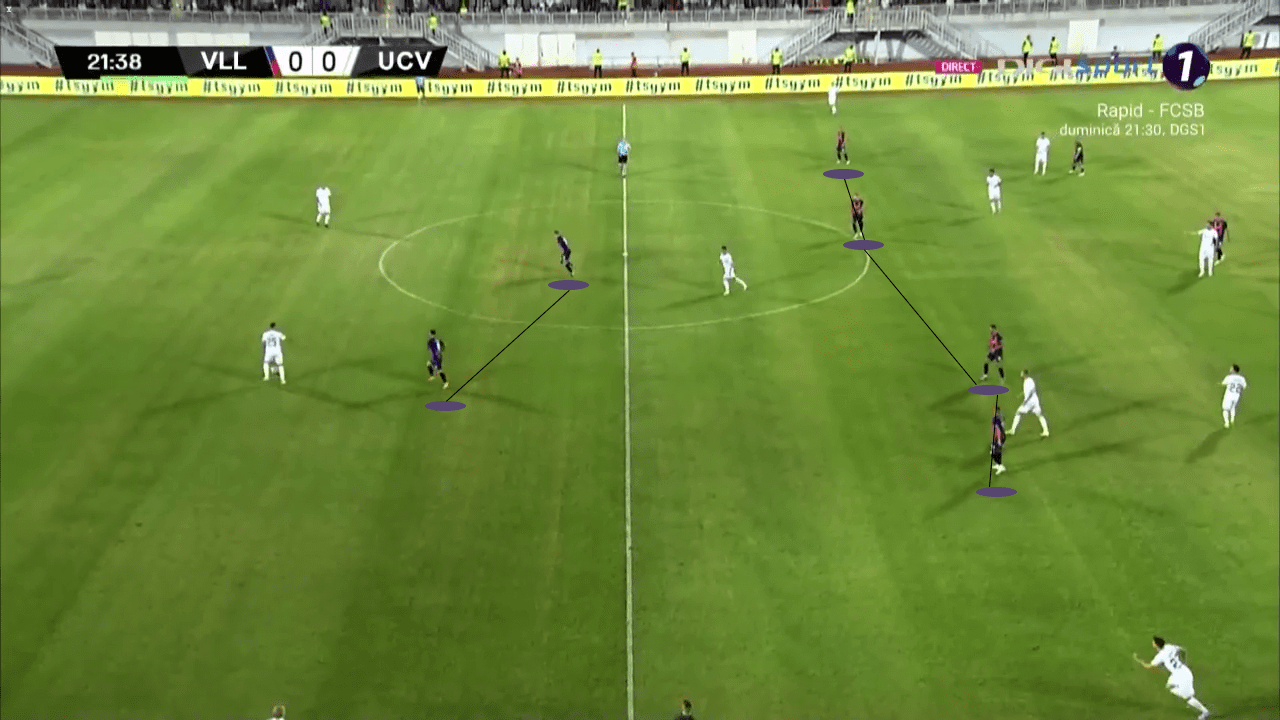
He makes one of the attacking midfielders push high, making the formation now a 4-4-2 which still gives them the width cover that they need. The single defensive midfielder is responsible to balance the line and fill in the void when one of the midfielders pushes high. This way, the pressure is intact and they continue to put pressure on and be a hindrance in the build-up and progression of the opponents.
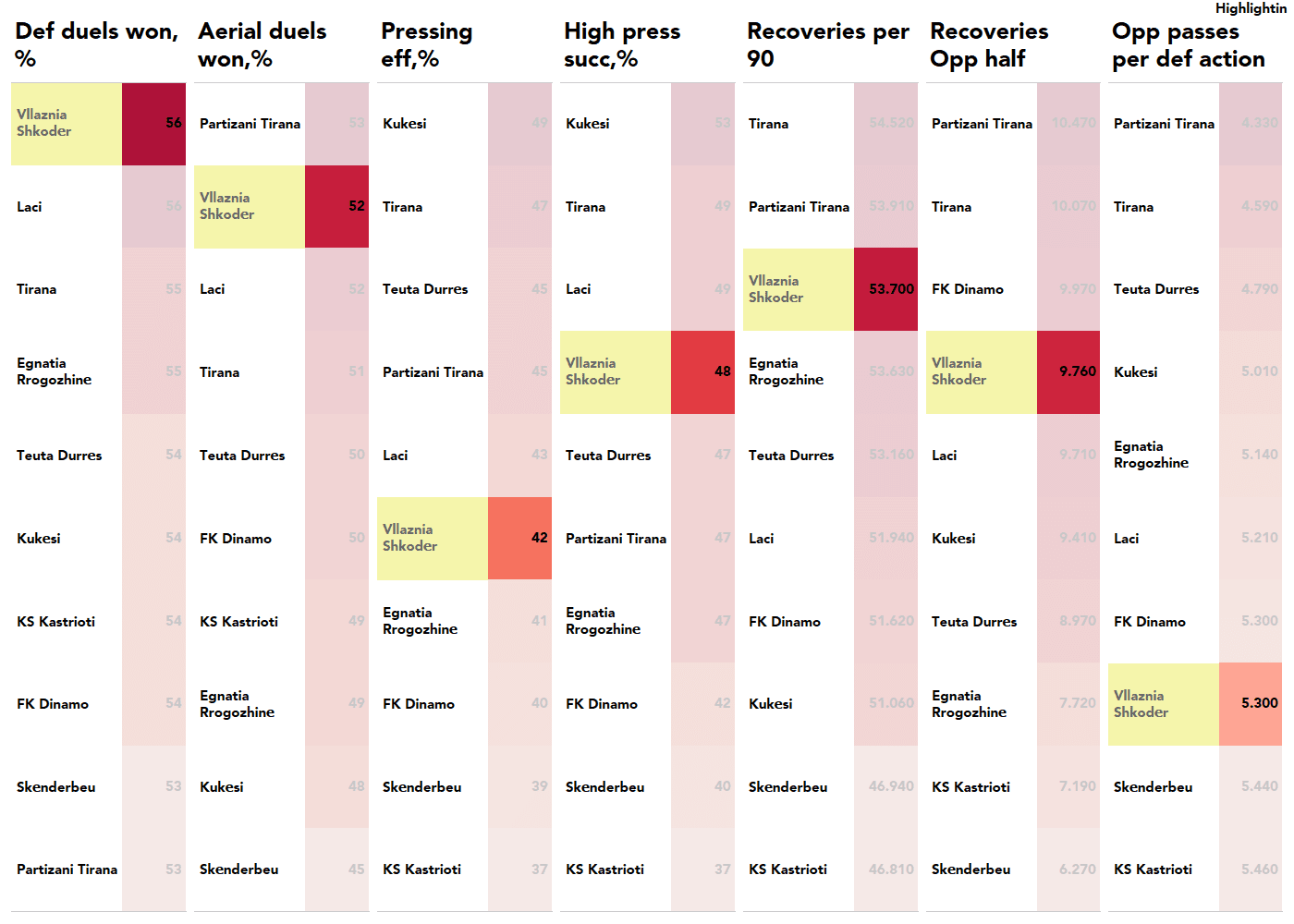
On looking at their defensive metrics, one can see that Brdarić’s team performed well. With a high success percentage in both defensive and aerial duels, the team would look very solid in the back. High recoveries happen because of their defence strategy where they force opponents to make mistakes in the build-up by making it hard for them to progress.
This also explains the PPDA value because they do not press high, but rather close down all the passing lanes and indirectly put pressure on the opponent’s build-up and make it hard for them to progress and force them to lose possession by making mistakes.
Importance of Anirudh Thapa
It can be expected that Anirudh Thapa will play a crucial role in his tactical system as one of the defensive midfielders. Thapa can contribute both in the defence and also in the attack making him extremely valuable to the coach’s system.
While defending, Thapa can take the role of solo defensive midfielder as it requires spontaneous decision-making and the ability to read games to not only anticipate passes but also close down the spaces.
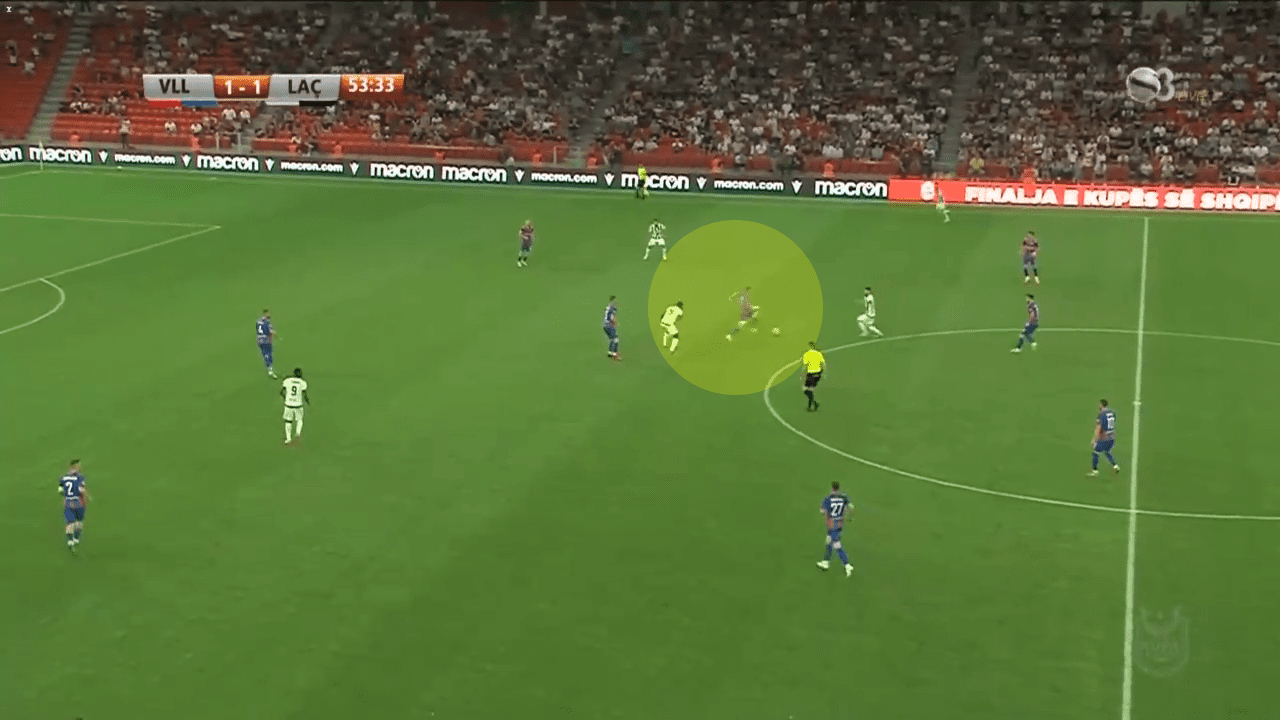
It’s important to make recoveries and the first pass upon recovery needs to be very sensible as the pass shouldn’t result in loss of possession. Thapa is clearly the right candidate to fit into this role, helping the team recover and also make sensible decisions.
He can be useful both in the pivot role and also behind the attackers to maintain balance. His ability to score goals makes him a considerable threat in the attacking third which also helps him offer his talent in the attacking department. Brdarić is lucky to have a talent like Anirudh Thapa in the team and it’ll be exciting to see how he brings out the best from the Indian midfielder.
Conclusion
Brdarić has already mentioned that he’ll look forward to helping the players and helping in creating an identity for the team. His tactical knowledge and tactics, if applied in the right way, can see Chennaiyin yield results. It’ll be difficult for the coach to find the right balance initially in his debut season, but once found, Chennaiyin can end up with one of the most lethal attacking sides in the league.
With his tactics of winning back possession and achieving great success with his previous club, it depends on how the defensive midfielders help the team to balance, cover up spaces and cover the mistakes of their teammates whether or not the same levels of success will be achieved with his new club. Will Chennaiyin end up as champions? Only time can answer that question but something that I’m sure of is that they’ll definitely be very entertaining with a whole new brand of football to offer.

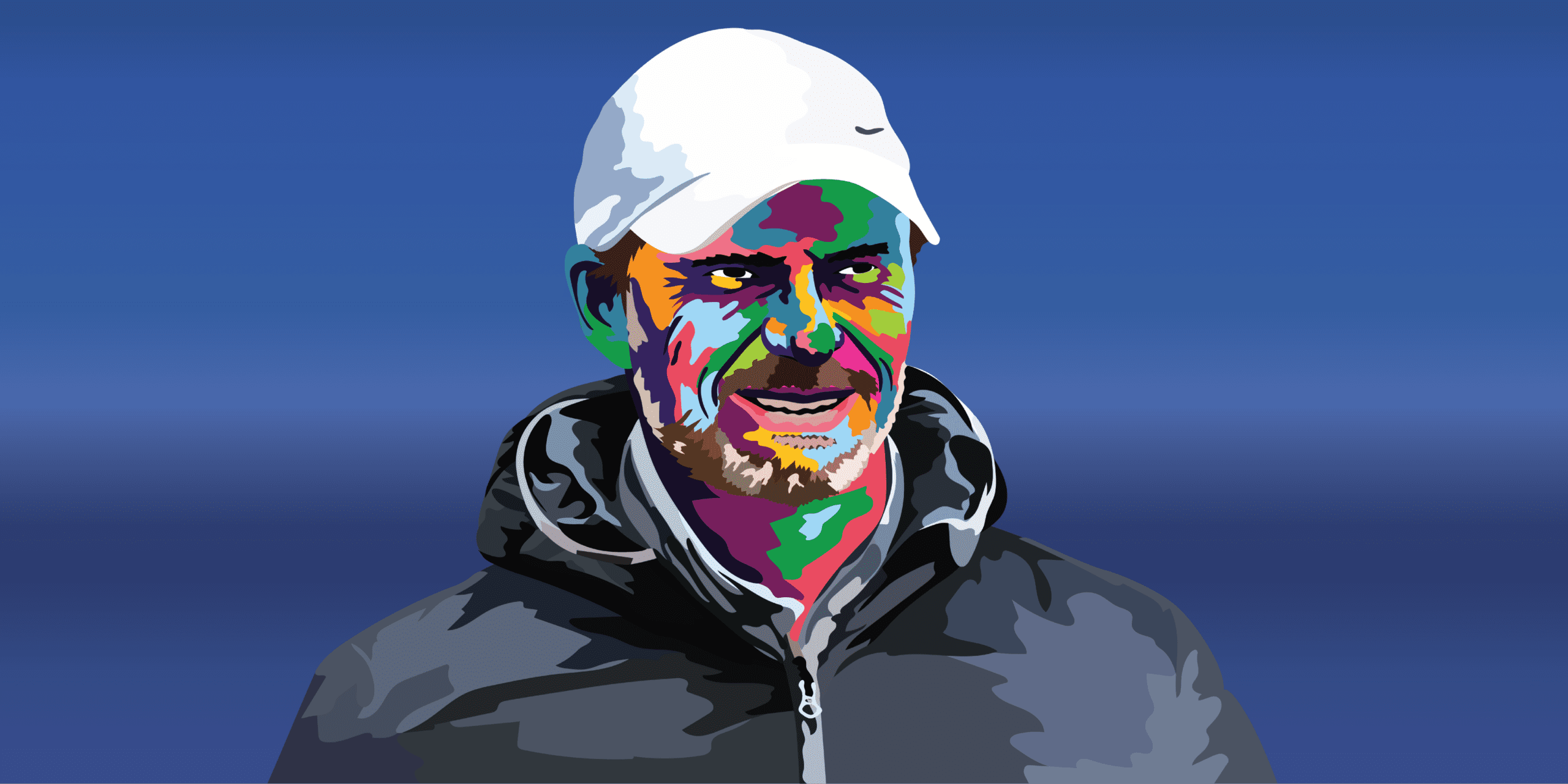



Comments